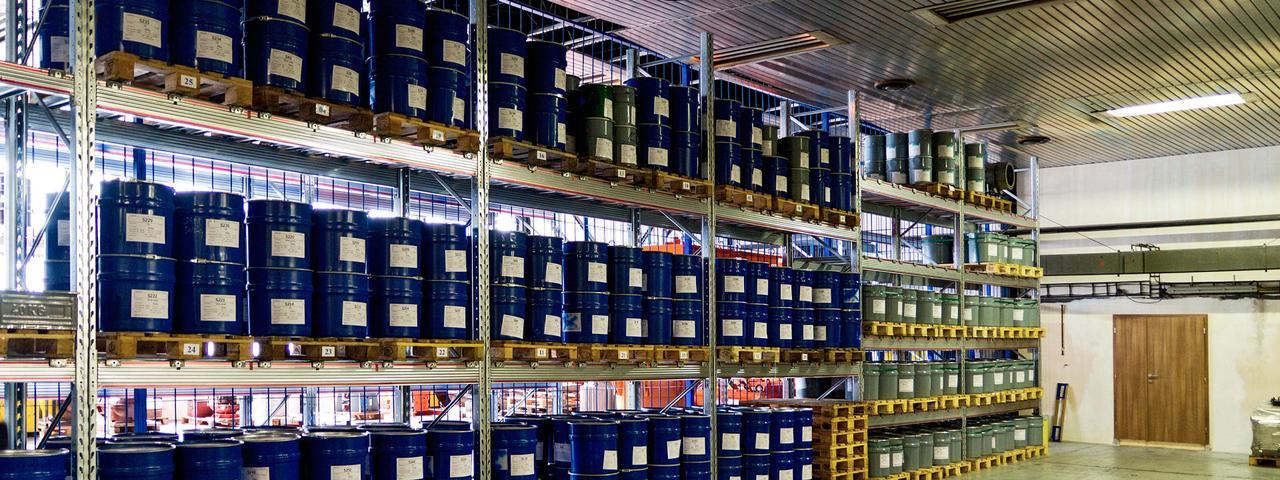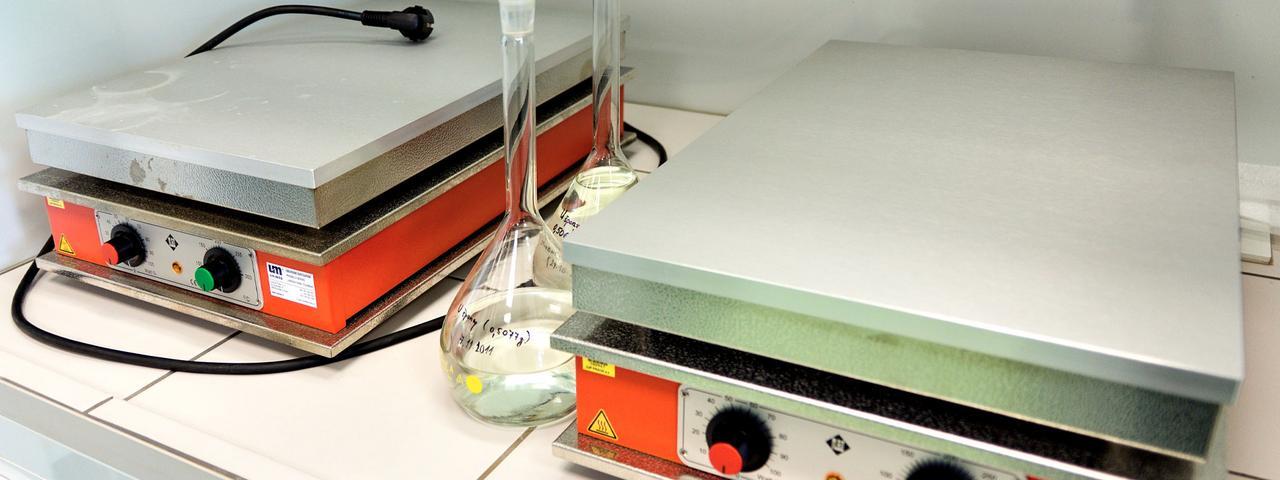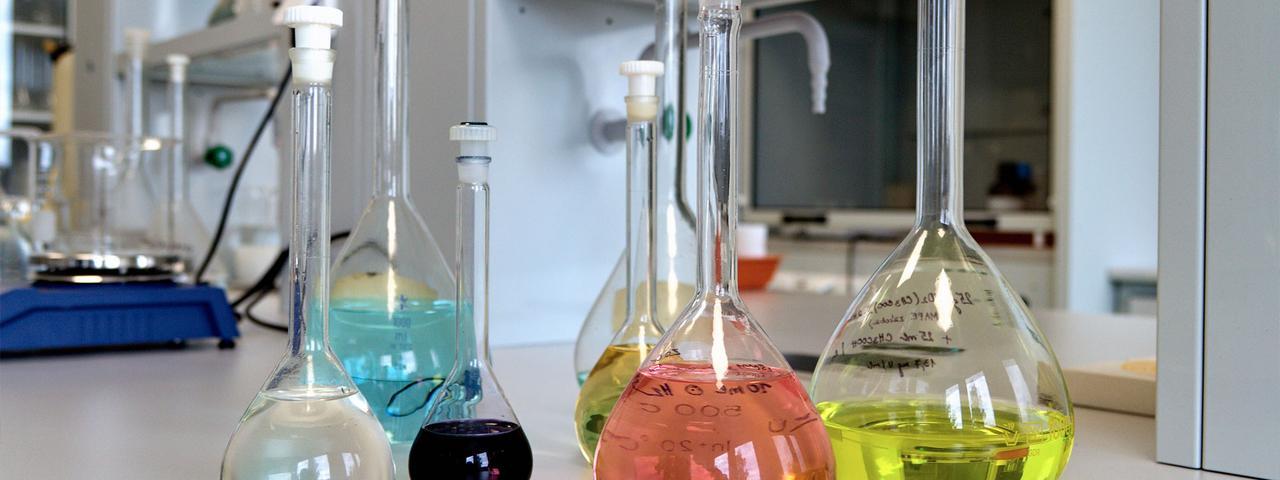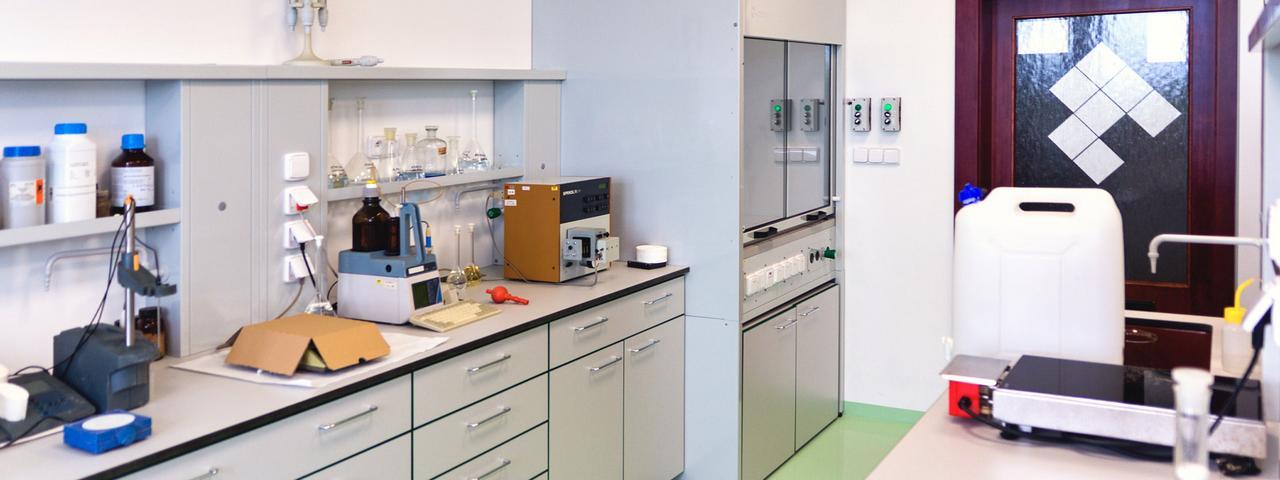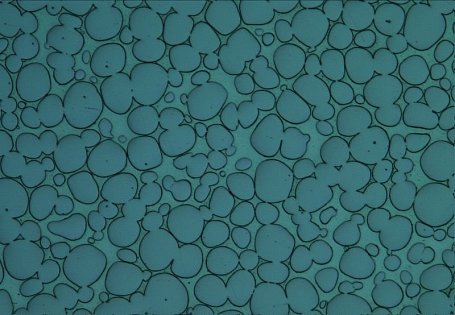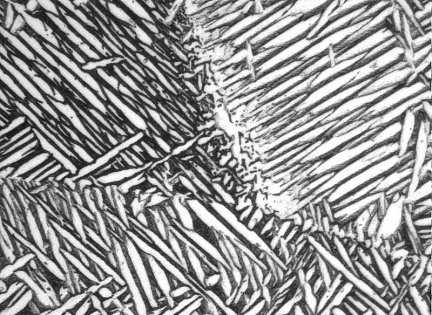Zirconium alloys
submenu
Zirconium alloys
Characteristics of the Zr-alloy fuel element coating pipe
Coating weighing tube fuel element of Zr alloy (where LWR) is a first barrier against release of fission products from the tablets UO 2 into the primary circuit of nuclear power plants. Under the conditions of liberalization of the electricity market, demands are increasing the Competitiveness and Economy of Operation of Nuclear Power Plants at a High Standard of Nuclear Safety. Increasing demands on the reliability of nuclear fuel with increasing burnout are due to the need for improved predictive behavior of coating materials in the reactor in normal, abnormal and emergency conditions, and to improved computational codes for fuel behavior modeling.
Research
UJP PRAHA as has been engaged in the systematic research of Zr-alloy coating tubes since 1972 . At present, the research focuses on long-term corrosion properties of Zr-alloys used in nuclear power plant Dukovany and Temelin in comparison with alloys used yawns out in Western PWR. The data on the thickness of the oxide, the content of hydrogen in the alloy and the properties of the oxide, which are examined using state-of-the-art methods in cooperation with the departments of the University and the Academy of Sciences of the Czech Republic, are entered in the KOROZE database . The database contains approximately 50,000 data (maximum sample exposure 1600 d).
The developed methodologies allow to observe the change in the properties of the oxide at the water-steam-water temperature transitions and the results contribute to the understanding of the corrosion mechanism. The published results were received with a positive result (USA, Park City, Tahoe). Concerning the behavior of fuel elements in emergency conditions, the research focuses on oxidation, creep and thermomechanical properties after LOCA high temperature transitions. The result of the work should be the design of a conservative oxidation criterion dependent only on the temperature course of LOCA, which would guarantee a minimal plasticity of the coating (the coating would not break in temperature shock and the crash fuel could be removed from the reactor).
In severe accidents have been completed within the fourth and fifth questions EU research program guide tube cross-reaction with the regulatory element IS dissolution tablets UO 2 in melts (Zr, Fe) and (Zr, Ag) alloy and the oxidation of U-Zr O, which result from the melting of the fuel elements.
The results show that there are significant reactions already at temperatures below 1200 ° C, which is the maximum temperature acceptable for LOCA type crashes. Oxidation of U-Zr-O alloys causes the temperature to escalate already at 400-500 ° C, which results in a much faster oxidation than the oxidation of the coating tube (up to 100 ×).

